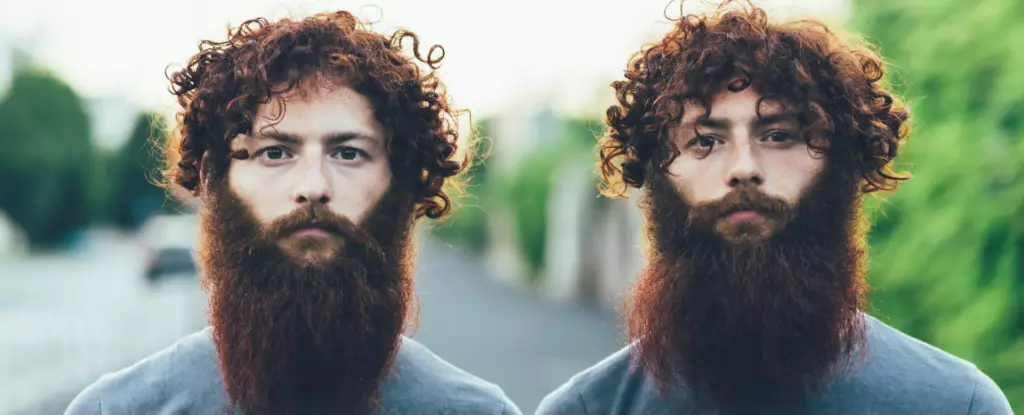From the earliest days of human civilization, hair and nails have served as essential markers of identity and status. As simple as they may seem, these elements of our physical appearance have been ingrained in cultural symbolism and personal expression throughout history. The pandemic, particularly the COVID-19 lockdowns, brought to light a renewed appreciation for those who specialize in hair and nail aesthetics. Celebrities, including popular figures like Taylor Swift, turned to self-grooming and DIY haircuts as their usual routines were disrupted. This raises a compelling question: what if we decided to give up hair and nail grooming entirely? Would our hair and nails keep growing endlessly? The answer is affirmative, yet the implications of this assertion weave a complex narrative.
Humans experience a continuous cycle of hair and nail growth that often goes unnoticed. On average, human hair grows approximately one centimeter every month, while fingernails expand by about three millimeters. This natural growth can lead to extraordinary lengths when left unchecked. For instance, the Ukrainian Rapunzel, Aliia Nasyrova, holds the record for the longest hair at an astonishing 257.33 cm, while Diana Armstrong from the United States has garnered attention for her fingernails, which stretch an impressive 1,306.58 cm.
Despite these extremes, most people maintain regular grooming habits. Why, then, does nail and hair growth vary among individuals? It is essential to understand the biological processes underlying this growth, with keratin being the key protein involved in the formation of both hair and nails. Comprehending the biological mechanisms reveals both the commonalities and differences in growth patterns among individuals.
Hair and nails originate from matrix cells found beneath the skin, differentiating in their growth patterns. In nails, matrix cells produce new material, causing older cells to slide forward and extend along the nail bed. This process gives nails their characteristic growth rate, each being nourished by a robust blood supply that imparts a healthy, pink hue to the nail bed.
Conversely, hair growth involves a more complex structure known as the hair follicle. Each follicle is equipped with a nerve supply and oil glands that maintain hair health. The hair bulb at the base contains the papilla, which is crucial for supplying blood and sending signals to regulate the growth cycles. Researchers have identified four distinct phases of hair growth: anagen (growth), catagen (transition), telogen (resting), and exogen (shedding). Each hair follicle undergoes this cycle multiple times throughout an individual’s lifetime, preventing uniform hair loss and ensuring a full head of hair.
While genetics plays a dominant role in determining the growth rate of hair and nails, it is not the sole factor. Family shared traits often influence both hair density and nail growth rates. Age, in particular, presents a notable variable: younger individuals generally enjoy faster growth rates due to a more dynamic metabolism and faster cell division, while those in later life may experience reductions in both.
Hormonal fluctuations also contribute significantly, with pregnancy leading to accelerated growth and conditions like menopause resulting in slowdowns. Nutrition stands as another essential player; deficiency in vital nutrients like iron and zinc can lead to poor health of hair and nails, resulting in brittleness and hair loss. The link between physical health and the appearance of hair and nails can shape societal perceptions, with robust hair and well-kept nails often signaling well-being and social status.
Amidst fascinating facts, pervasive myths persist, particularly the belief that hair and nails continue to grow after death. This misconception can be attributed to the visual effects caused by the shrinkage of skin as the body dehydrates post-mortem. Although this can create the illusion of growth, morticians have techniques to minimize these effects, like injecting tissue fillers.
Our hair and nails extend beyond mere aesthetic concerns; they encapsulate elements of identity, culture, and personal expression. In a world bound by constant grooming and aesthetic standards, it becomes crucial to appreciate the biological, genetic, and health-related factors that contribute to the growth of these features. Regardless of external influences, the journey of hair and nail care continues to be an integral part of the human experience—one that bridges history and individual expression.


Leave a Reply